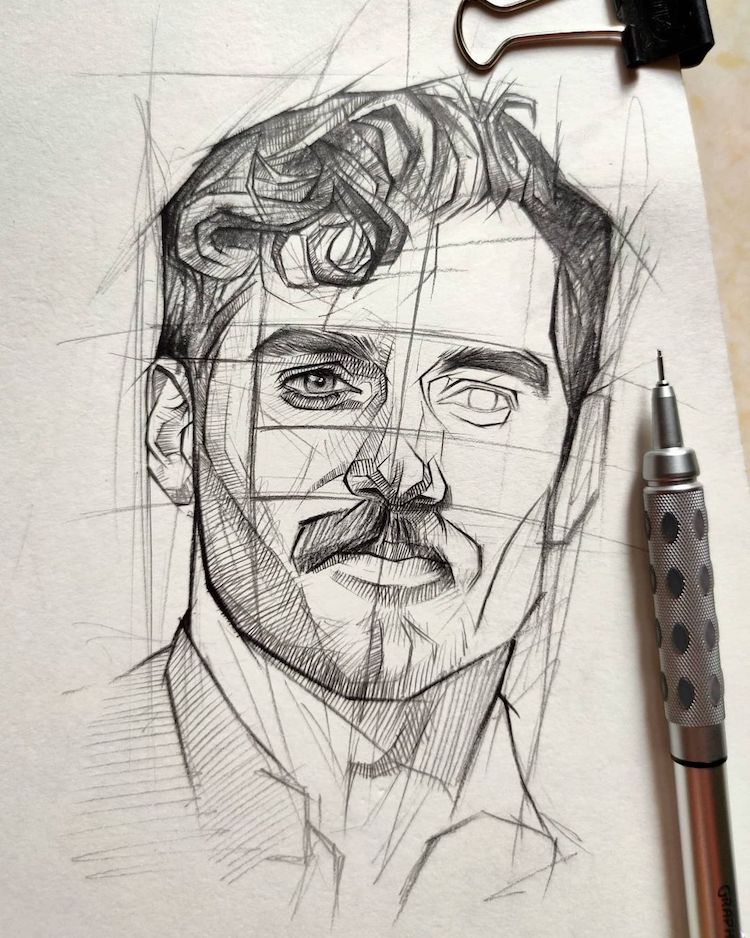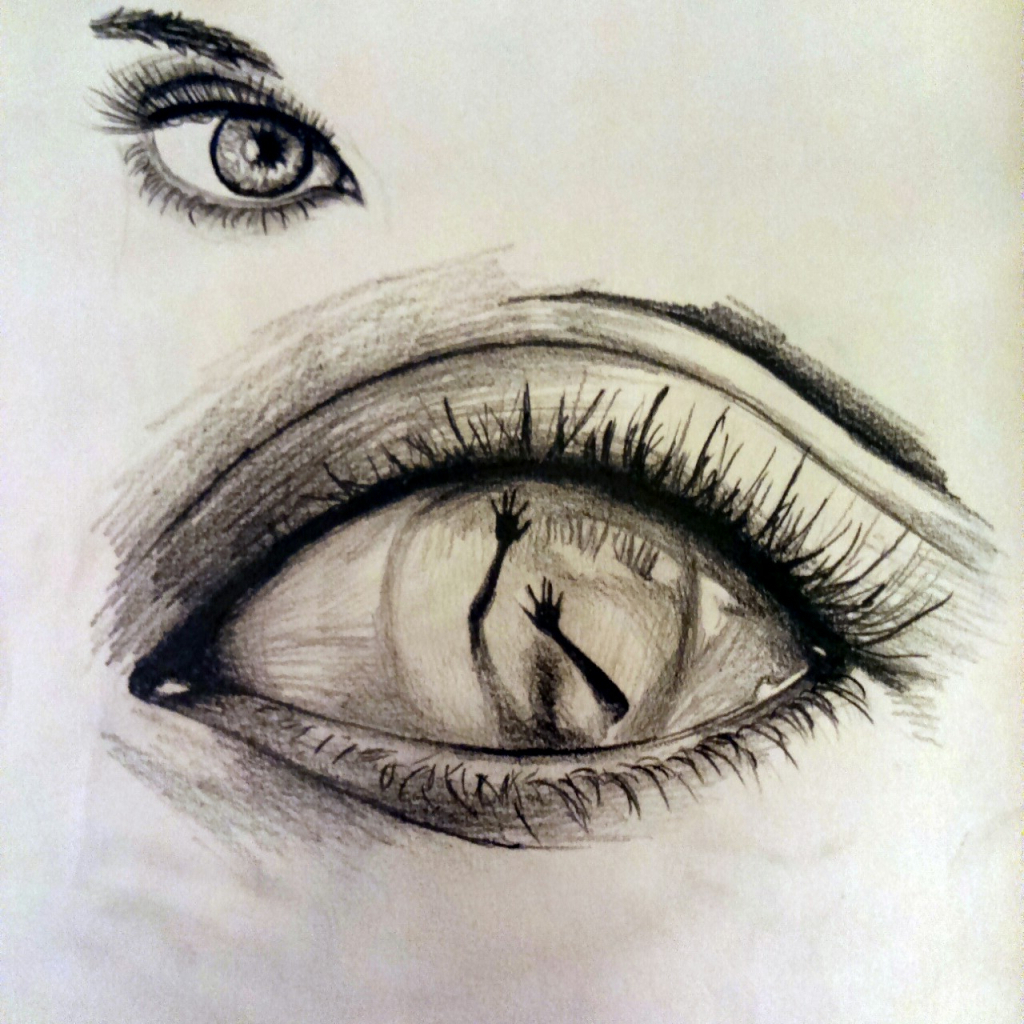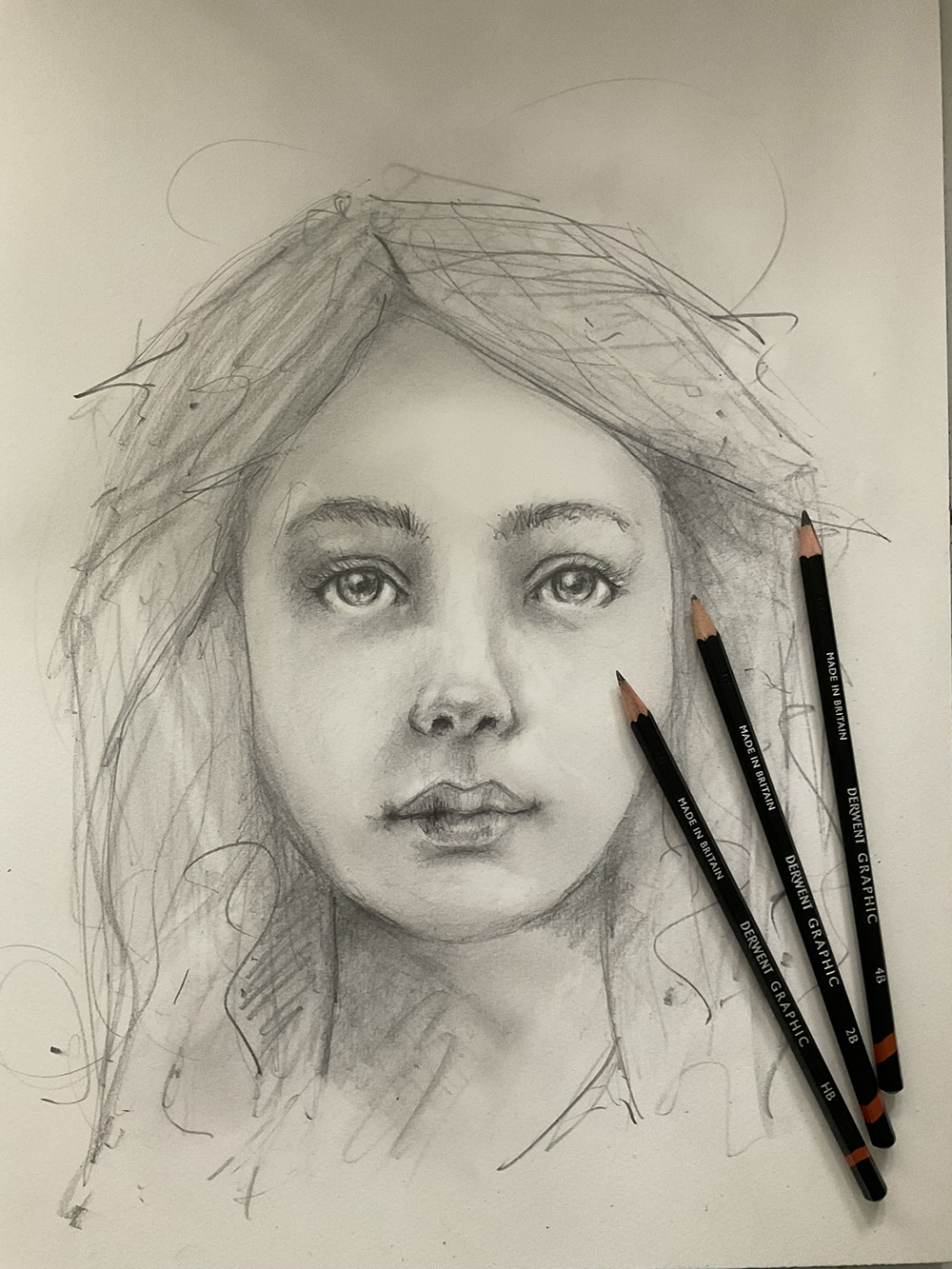AI-Generated Content
This article has been created using advanced AI technology to provide you with informative and engaging content.
AI-Curated Resources:
Ever wonder about the incredible ways people bring ideas to life, from a quick doodle to a detailed digital creation? It's almost as if a whole universe of tools and techniques waits for anyone ready to put their thoughts down, making art and design more approachable than ever before.
This means whether you're just starting out with a simple drawing or looking to build something quite intricate for the web, there are options that fit just about any need. You can, for example, find places online where you draw for free, sharing what you make with friends or even getting it ready for printing.
From sketching out a thought to crafting a full-blown interactive design, the path is now open to many, truly allowing creative spirits to express themselves without much fuss. So, let's chat about what's out there.
Table of Contents
- The Open Door to Digital Creation
- What Can You Really Make with a Quick "sketch whats up brother"?
- Designing Without Limits - Is "sketch whats up brother" Truly Free?
- How Does "sketch whats up brother" Fit into the Bigger Picture of Design?
The Open Door to Digital Creation
Imagine a place where you can just pick up a digital pencil and start drawing, no special software to buy, no big fees. Well, it's actually a pretty common thing these days. There are many ways to create pictures and drawings right on your computer or even your phone, and a lot of them don't cost a thing. You can, say, make something cool and then share it online with friends or family, or perhaps even get it ready to print as a poster. It's really about making art accessible to just about anyone with an idea.
These sorts of tools often let you save your work in popular picture types, like those you see everywhere on the internet, or even formats that are good for printing. So, you might make a picture and then save it as a JPEG, which is a common photo type, or perhaps a PNG, which is good for pictures with see-through parts. Some even let you save as SVG or PDF, which are great for things that need to look clear no matter how big you make them. It's kind of like having a whole art studio that fits in your pocket or on your desk, always ready for when inspiration strikes. You know, it's pretty neat how far things have come.
Your First Steps with "sketch whats up brother"
When you first begin with a drawing tool, it can feel a little like learning a new language, but it's often much simpler than you might think. Many of these tools have a freehand drawing option, which means you can draw just like you would with a real pen and paper. This is really good for getting your thoughts out quickly, sort of like making a visual map of your ideas. You can connect different thoughts with lines, making it easy to see how everything links together. It's a quick way to brainstorm, almost like talking to yourself on paper, but in pictures.
These tools are, in a way, designed to be very user-friendly. Some even come with a bunch of ready-made starting points, like templates or different canvas sizes, which can help you get going fast. You might find collections of design bits too, so you don't have to draw every single thing from scratch. This means you can spend more time on your ideas and less time on the setup. It's actually pretty handy for anyone, whether you're just doodling or trying to plan something bigger. You could say it helps you get right to the good stuff, the creative part, without much fuss.
What Can You Really Make with a Quick "sketch whats up brother"?
A quick drawing or a simple outline can be the start of something truly impressive. It's not just about drawing lines; it's about putting down an initial thought that can then grow into a complete design. Think about it: a small drawing can become a detailed plan for an app, a website, or even a product. These tools let you move from a basic idea to something much more complex, step by step. You might begin with a rough drawing of how a screen should look, and then add more details until it's ready for someone to build. It's quite a process, really, seeing an idea take shape from just a few strokes.
Some of these drawing programs are made for all sorts of platforms, meaning you can use them on many different kinds of computers and devices. This lets you quickly draw your ideas and make them real, no matter where you are. It's like having your sketchbook always with you, ready for when inspiration hits. Whether you're on a desktop computer at home or using a tablet while out and about, the ability to put your ideas down is always there. This kind of flexibility is, you know, pretty helpful for busy people or those who get ideas at odd times.
Beyond Simple Lines - The Power of "sketch whats up brother"
Moving past just drawing, some of these programs are made for more specialized work, like designing how apps and websites look and feel. They help you create the visual layout and the way people interact with digital things. You can even learn how to make working models of your designs, so you can see how they'll behave before they're fully built. This is really useful for making sure everything works as it should and feels good to use. It's more than just drawing; it's about planning and creating experiences for people. So, in some respects, it's a bit like being an architect for the digital world.
There are also tools that let you work with three-dimensional shapes, making them easy to create right in your web browser. You can, for instance, build simple 3D models without needing any special programs installed on your computer. This means your 3D creations can go with you wherever you have an internet connection, always ready to be viewed or worked on. It's a simple way to get into 3D design, with no strings attached, really. This kind of freedom to create in three dimensions, just from a browser, is pretty cool for anyone wanting to try something different.
Designing Without Limits - Is "sketch whats up brother" Truly Free?
Many creative tools offer a free way to get started, which is a big deal for lots of people. You can sign up and begin creating right in your web browser, which means you don't have to download or install anything. This makes it super easy to jump in and try things out without any commitment. It's like being able to try on a new pair of shoes without having to buy them first. This kind of access really opens up the world of design to a broader audience, allowing anyone to experiment with their ideas. You know, it's a pretty welcoming approach to creativity.
However, some tools, especially the more specialized ones, might have specific requirements. For example, a particular app might need a certain version of your computer's operating system to run, like macOS Sonoma or newer. This is often because these apps use special features of the computer to work their best. But even with these requirements, many still offer ways to view your designs on the go, or even test them on a real device. So, while some parts might have a cost or a specific setup, there's usually a free entry point or a way to keep your work mobile. It's actually quite flexible, all things considered.
Unplugged Creativity and "sketch whats up brother"
One of the neatest things about some design tools is the ability to work without being connected to the internet. You can, in a way, disconnect from the online world and just focus on your creation, with no distractions or compromises. This means you can work on your designs locally, on your own computer, whenever you want, and however you want. It's a bit like having your own private studio where you control everything. This freedom to work offline is really valuable for those times when you need to concentrate without interruptions, or when you simply don't have an internet connection available. It's pretty liberating, actually, to be able to design on your own terms.
These tools also give you a lot of control over your projects. You can look closely at your designs, take out parts you need, share your thoughts with others, handle who can access your work, and even invite people to see what you've made, all from any web browser. This means you can keep your projects moving forward, even when you're not at your main computer. You can view your documents on your phone, play through your interactive designs on a real device to see how they feel, and even show your designs live on another screen. It's a very complete way to manage your creative output, offering a lot of independence, you know, for busy creators.
How Does "sketch whats up brother" Fit into the Bigger Picture of Design?
The broader world of design tools is quite varied, and "sketch whats up brother" often refers to different aspects within it. For instance, there's software made for drawing, painting, and illustrating across all kinds of devices and systems. This type of software is typically used by artists and illustrators to create beautiful digital artwork. Then, there are specific programs that are very well-known in the field of user interface design, which is about making apps and websites easy and pleasant to use. These programs are often praised for being lightweight and quick to respond, unlike some older, more complex software that has many extra features. It's a bit like choosing a specialized tool for a specific job, rather than a general-purpose one. So, in some respects, it's about efficiency.
Historically, some of these specialized design programs were only available on certain types of computers, like Macs. This meant that designers using other systems, like Windows, often felt left out. However, over time, new tools have come along that can work with the files from these Mac-only programs, or even offer similar features for free on Windows. This has really opened up the playing field, making professional design tools more accessible to everyone, regardless of their computer setup. It's a pretty good example of how the design world keeps changing and becoming more inclusive, which is, you know, a very positive development.
The Collaborative Spirit of "sketch whats up brother"
The spirit of "sketch whats up brother" also touches upon how people work together on creative projects. Many design programs now allow for real-time teamwork, meaning multiple people can work on the same design at the very same time, seeing each other's changes live. This is a huge step forward for teams, making it much easier to coordinate and get things done faster. It's a bit like everyone drawing on the same digital whiteboard, but with much more power. This ability to collaborate online has really changed how design studios and creative groups operate, making them much more efficient, arguably.
Beyond direct collaboration, there's also the aspect of how different design tools connect with each other. Some programs let you add extra bits, called plugins, which can link up with other applications or bring in data from different sources. This means designers can often move their work between different programs, converting file types as needed. For example, someone might start a design in one program and then move it to another for a specific task. It's about building a connected workflow, where different tools can talk to each other, making the overall design process smoother. This kind of flexibility is, you know, pretty important for complex projects and for designers who like to use a variety of tools.
AI-Enhanced Visual Content


